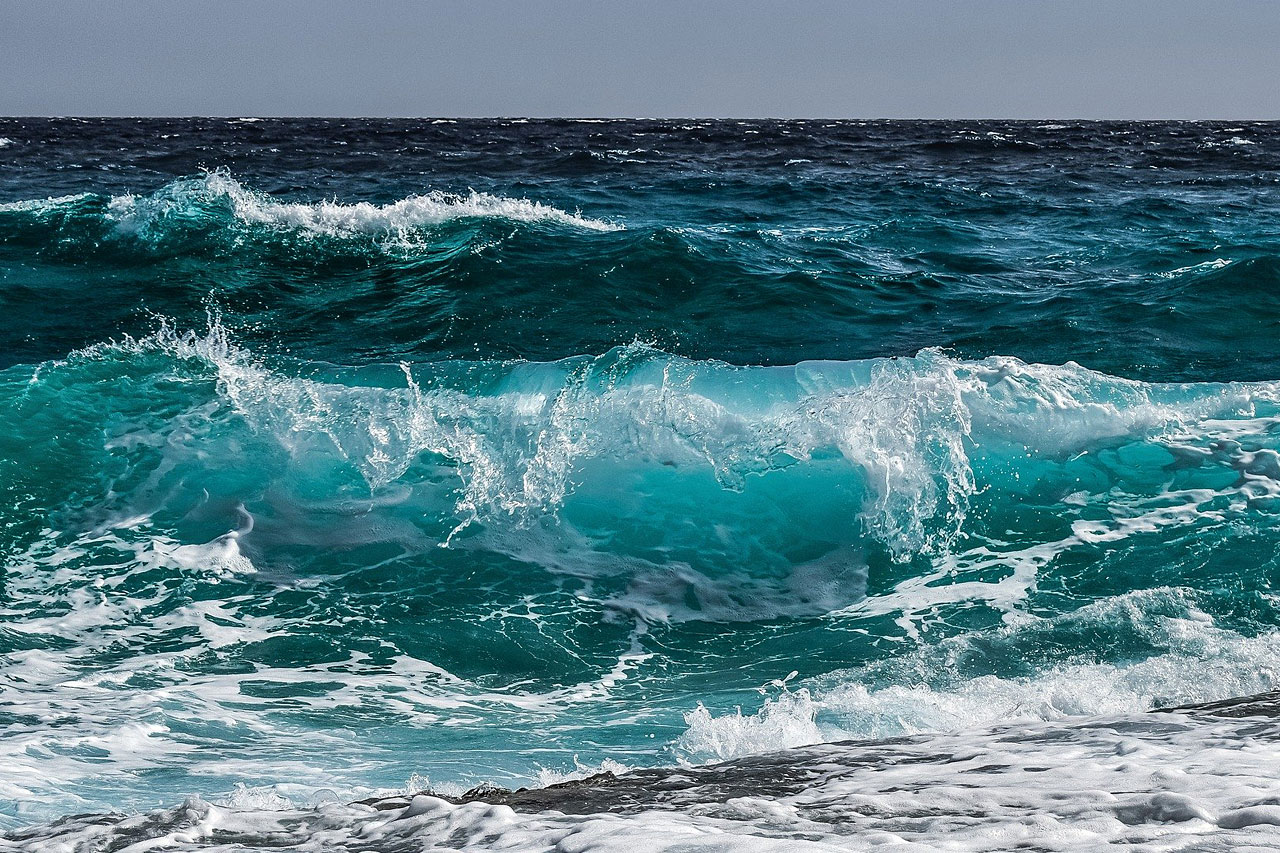Published on: 2.12.2019
Information produced by Finnish Environment Institute
Flooding on the coast

A storm raised by low pressure may cause the sea level to rise quickly, and in the worst case, residential areas may be flooded and water may surround buildings and course through the streets.
A major coastal flood struck Helsinki in January 2005. The water came up a metre and a half higher than usual and inundated the Market Square. This flood was caused by an interplay of several factors: a deep depression lay over the south coast, and winds had been coming from exactly the right direction for a long while. The water level was additionally raised by a seiche, or ‘standing wave’.
Seiches are a phenomenon typical of the Baltic Sea, which is precisely the right size for water to slosh from one side to the other as though in a bath tub, only much more slowly. A seiche can raise the water level on the Baltic Sea coasts by up to dozens of centimetres, as it did in the flood that struck Helsinki.
Cities built at river mouths have their special problems: when the sea level is high, sea water makes its way upriver. If the river is already close to its flood mark for other reasons, the sea water rolling upstream makes the situation worse. This makes such Finnish cities as Pori particularly prone to flooding.
While coastal floods are relatively rare, climate change may increase their risk. The average sea level in the Gulf of Finland is expected to rise by around 30 centimetres during this century, or almost one metre in the worst-case scenario. On the coasts of the Gulf of Bothnia the effects of sea level rise will be mitigated by land uplift.
Image: Pixabay